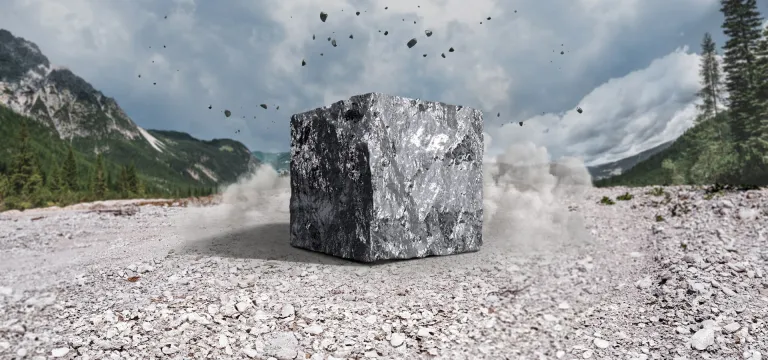Decarbonizing our world's building blocks
Process industries make up the modern world, but they are also responsible for around a fifth of global CO2 emissions. Digitalization can create a clear pathway to decarbonization.
As the climate changes, so must process industries
Process industries are used to being under pressure. All other industries depend on them to deliver the raw materials they rely on efficiently, rapidly and at scale. But with demand growing, resources depleting, and the necessity to produce more sustainably to meet Net Zero targets, that pressure has never been greater.
Change is underway, new methods and processes are being explored and introduced, but the path to sustainability is costly, time consuming and full of unknowns. An all-encompassing problem requires an end-to-end solution. The 3DEXPERIENCE® platform delivers a viable value path to decarbonization from design to delivery.
The building blocks of change
Decarbonizing Steel
Steel manufacturing is one of the largest contributors to global carbon emissions. To overcome this, the industry is moving towards green steel, and the deployment of digital solutions are helping make this shift a reality.
Decarbonizing Mining
Mining companies are under huge pressure to meet the growing demand for critical materials in a sustainable way. Realizing this new frontier in greener mining requires digital transformation that delivers end-to-end sustainability.

Decarbonization end-to-end
Dassault Systèmes’ expert, Delphine Gondoin, outlines how end-to-end solutions enable process industries to integrate effective sustainable change across their value chain, and how they can benefit in the short as well as long term:
- Improve the traceability of your resources and products – Having visibility and transparency at every stage is not only essential for trust but helps identify ways to cut carbon and enable greater circularity.
- Share and capitalize on your knowledge – Bringing multiple stakeholders together on a shared platform reduces siloes, minimizes the risk of individual errors being missed, cuts costs and offers the opportunity for continuous workforce training.
- Take control of your processes with integration and automation – Understand and optimize all your individual systems and how they interrelate, reducing waste and down time and improving energy efficiency.
- Model and test to make projects predictable - utilizing data analysis and virtual twin simulation technology, new lower carbon designs, methods and processes can be endless tested and perfected saving time and cost when they are implemented.
“To achieve net zero by 2050, we will have to open about 60,000 new mines to meet clean technology requirements, we cannot afford to do this unsustainably.”
Meeting global net zero targets puts huge pressure on process industries to provide the materials necessary to enabling it. The International Energy Agency calculates that to reach the climate stabilization goals of the Paris Agreement (limiting global temperature rises below 2°C), we will have to quadruple mineral requirements for clean energy technologies by 2040.



